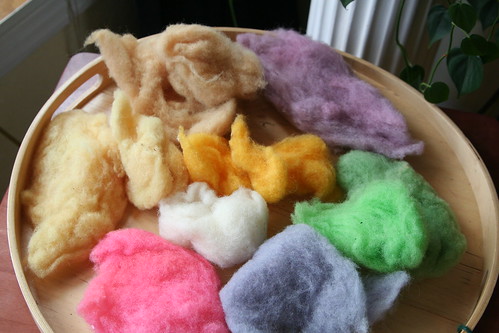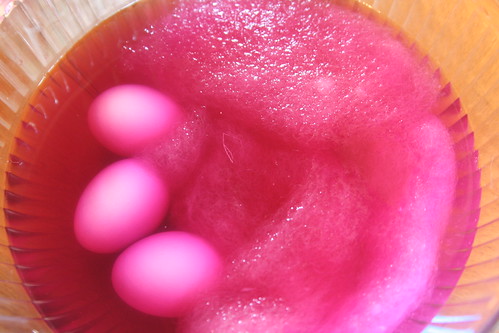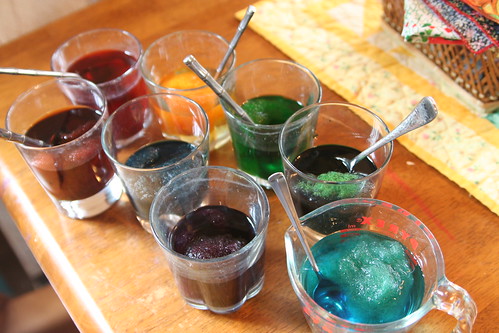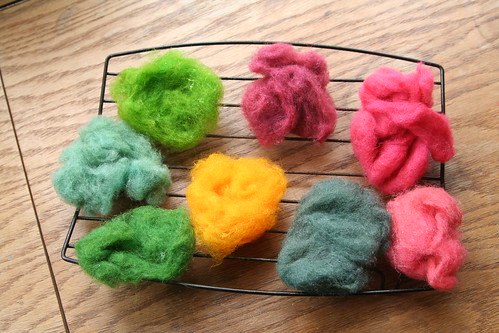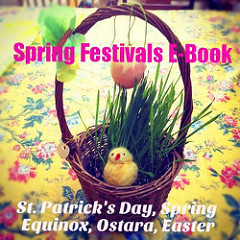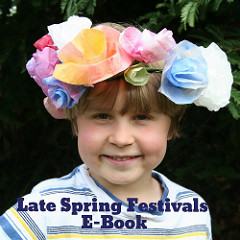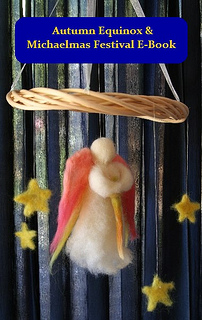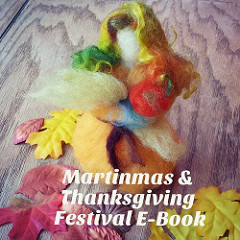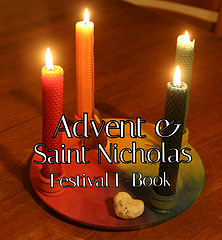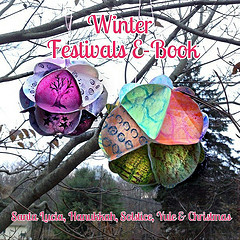Dyeing Easter Wool Tutorial
Last year, while we were dyeing Easter eggs, we also dyed some plain white wool batting. I am so pleased with the results. In the photo above are a wool colors from both natural and artificial dyes. I’ve saved this wool all year and now I’m making goodies for my boys’ Easter baskets out of it. I doubt that they’ll appreciate the cyclical nature of this, but I do. And don’t forget, this is science! So by all means, get the kids involved.
Materials
- natural dye ingredients (such as turmeric, boiled yellow onion skins, boiled red cabbage, boiled beets, etc.)
- or food dyes from the supermarket
- or Easter egg kit dyes (capsules or powders)
- white wool batting or roving (or get fancy and dye silk cloths to make your own play silks?)
- distilled white vinegar
- mugs or drinking glassware
- spoons
Tutorial
Really, this is totally simple. While you’re dyeing your eggs, add in a good handful or two of wool. We found this was easy to do with the natural dyes as we had a big bowl full of each color, rather than a mere mug full of color.
Onion skins turn wool a pale, golden yellow.
This is the red cabbage dye. It will turn both eggs and wool bluish.
This is beets. It turns the wool a warm light brown. The eggs and wool at first are a beautiful mauve color, but I think they then oxidize and end up brown.
If you are using kit dye or food coloring to dye eggs, you probably have your dyes in mugs or glasses. (Right? That’s the way we always do it.) So you can just keep the dyes for a day or so after dyeing eggs and dye wool in the mugs. You can do handful after handful if you like. We used about a 1/4 cup of distilled white vinegar in each cup, added the dye, and then added water.
Our yellow dye bath was completely exhausted by the wool. None of the color was left when we pulled the wool out. It makes me wonder if the other colors might have done that if we had left the wool in longer.
I suggest keeping your wool in the dye for about 24 hours. When your wool is the color you like, squeeze out the extra dye into the cup, then rinse it in cool running water until the water runs clear. Set it on a wire rack or pin it to a clothesline outside to dry.
Here are the wool colors we got. I’ll name the colors of food dye baths starting with 12 o’clock: purple, dark red, pinkish brown, blue, yellow, dark green, blue green, and yellow green. It seems to me like the blue should be darker and brighter. It may be that my sons sneacked extra green drops into the blue? In any case, I consider this experiment to be a success because it means any frugal crafter or artist can get a wide range of beautiful, bright colors without breaking the bank, using standard McCormick brand food dyes. I love buying new colors of wool to use in projects, but this is a simple way to get many colors cheaply!
Wool batting doesn’t spin into yarn all that well because the fibers tend to be short. It works very well for needle-felting or wet-felting, however. Wool roving, however, is great to spin or felt.
I’m thinking that a rainbow of simple wee bunnies made from wool we dyed ourselves might be just the thing for Easter baskets this year. What would you make with Easter wool?
